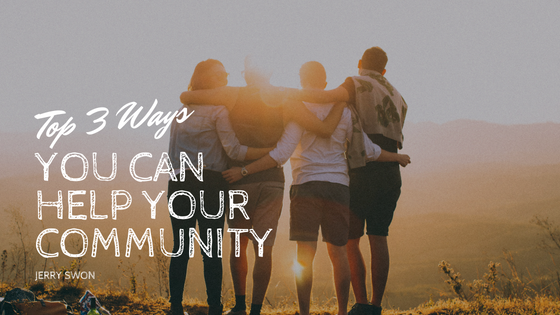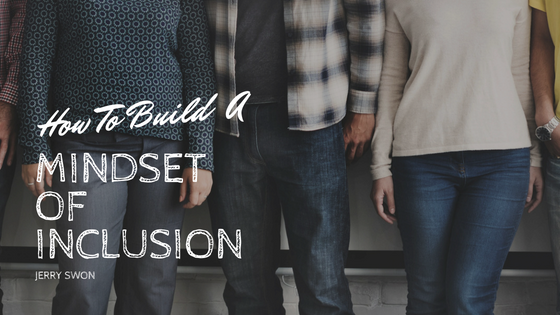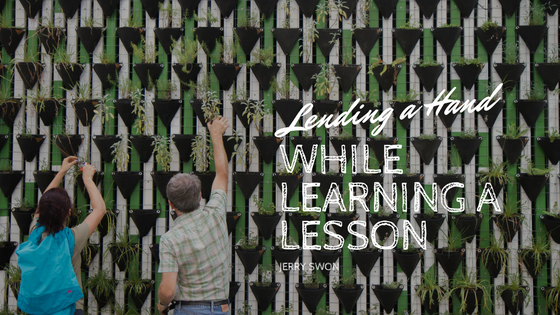Reflect on the word, “community”. What does that word mean to you? For some community means the 5-mile radius surrounding their home. For others, it can be a group at church, to the neighborhood to the entire city. However you define community, you can play an active role in how it grows.
To make an impact in your own community you don’t have to be rich or powerful or even a certain age. Just wanting an willing to make a difference is enough. To make a difference in your own community here are few ways you can get started.
Support Local Businesses
One way to make sure you community thrives is to support local businesses. Too often do mom and pop stores close due to lack of business. Before you buy your produce from a chain store, check out your local farmers market or grocery store. Chances are, the product will be fresher and of a higher quality.
Volunteer
Sometimes saying that you will volunteer is easier than actually doing it. Although we all have busy lives, setting aside to help out the community can create a big impact. There are always plenty of opportunities available if you are looking hard enough for them. Some volunteer opportunities will require an ongoing commitment, and others times it may be a one-off project or event. Regardless of time commitment here are a few examples of how you can volunteer in your community:
- Join a Big Brothers Big Sisters Program
- Serve a meal at your local homeless shelter
- Spend the day reading to residents of a retirement home
- Clean up a local park
- Build a house with Habitat for Humanity
These are only a few options on how you can volunteer! If you ever find yourself in the New Jersey area, you can check out these 5 great organizations to volunteer at.
Start Your Own Project
If you find that your community is has a need that isn’t being met, take the initiative and start your own project. If you find yourself passionate about a cause within your community, but no one is taking action, become the ambassador of the cause! Some projects you may orchestrate can include:
- A bake sale, concert, or auction where all proceeds go to a charitable cause like an animal shelter.
- Organize a back-to-school drive where members of the community can donate school supplies for the upcoming year
- Adopt a Highway and clean up litter
Being proactive in your community is one of the most impactful things you can do. With that being said, take on the opportunity to make a difference in your community today!



